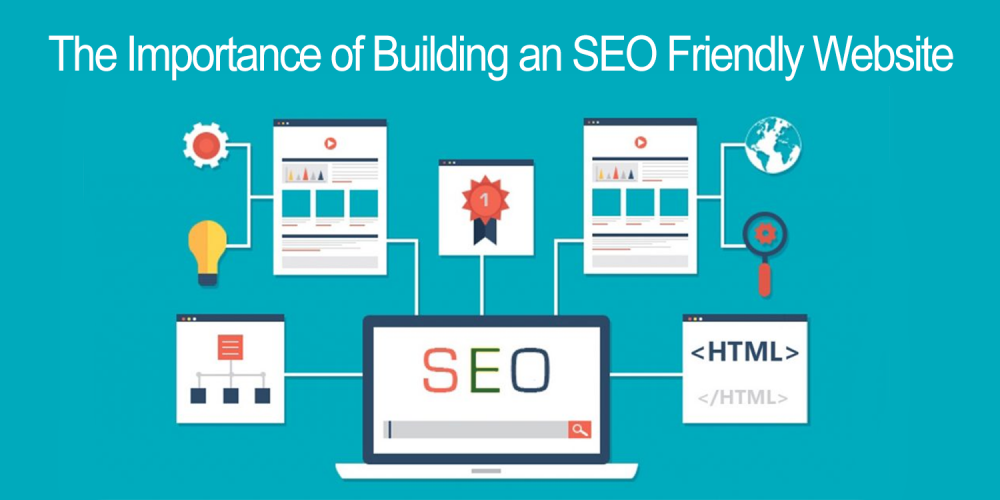20Shift: Your Daily Dose of Insight
Stay updated with the latest trends and news across various domains.
Designing for Clicks and Google: A Match Made in SEO Heaven
Unlock the secrets to designing for clicks and mastering SEO—transform your blog into a traffic magnet today!
How to Optimize Your Design for Higher Click-Through Rates
To optimize your design for higher click-through rates, it's essential to focus on visual hierarchy. Ensure that the most important elements, such as call-to-action buttons, are prominently placed and clearly distinguishable from other content. Utilize contrasting colors and font sizes to draw attention to these critical areas. Additionally, consider using whitespace strategically; this not only enhances readability but also guides the viewer's eye toward the focal points of your design.
Another effective strategy is to test different variations of your design through A/B testing. This approach allows you to compare how changes in layout, color schemes, or typography affect user engagement. By analyzing metrics such as click-through rates and user interactions, you can make informed decisions that lead to better optimization. Remember, the goal is to create a user-friendly experience that encourages visitors to take action, ultimately enhancing your site's performance.

The SEO Tricks Every Designer Should Know
In today's digital landscape, understanding SEO is crucial for designers to ensure their work is discoverable. One key trick is to optimize image alt tags. Every image on your site should include descriptive alt text that incorporates relevant keywords. This not only improves accessibility for users with visual impairments but also helps search engines understand the context of your images, leading to better rankings in image search results. Additionally, consider using compressed image formats to reduce loading times, as site speed is a known ranking factor.
Another essential technique is to streamline site structure. Utilize a clean, organized layout that makes navigation intuitive for users and search engines alike. Implement header tags (H1, H2, H3, etc.) effectively to outline your content hierarchy, providing clear signals to search engines about the main topics of each page. Lastly, remember to include internal and external links within your design to enhance user experience and improve your site's SEO capabilities.
Creating a Seamless User Experience: The Key to Unlocking Google Rankings
Creating a seamless user experience is crucial for improving your website's Google rankings. A user-friendly design not only retains visitors but also encourages them to explore further, reducing bounce rates. To achieve this, focus on site speed, intuitive navigation, and responsive design. These elements work together to create an environment where users feel comfortable and engaged. In fact, according to recent studies, a mere second delay in loading time can result in a significant drop in user satisfaction and PageRank.
Furthermore, content quality plays an essential role in the overall user experience. Providing valuable and relevant information encourages users to spend more time on your site. To optimize this, utilize clear headings, engaging visuals, and well-structured content that guides users through their journey. Remember, a seamless user experience directly impacts your SEO efforts, as Google prioritizes websites that cater to user needs and preferences. Enhancing the user experience is not just a strategy; it's a necessity for those looking to unlock better Google rankings.